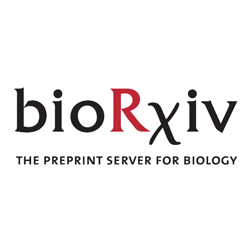Fertile
Bluelighter
- Joined
- Mar 31, 2022
- Messages
- 1,627
i tried the folowing without much success:
3-methylbutan-1-ol
2-Methyl-2-Butanol
n-Propanol
Isobutanol
n-Propanol
n-Pentanol
2-methylbutan-2-ol (2M2B) was actually used as an anesthetic and is x20 ethanol in potency. Doesn't taste very nice but I believe that it could be absorbed onto an appropriate cyclodextrin and eaten as a solid. Now, it's metabolism can proceed from oxidation of the 4 position (terminal -CH3 of long chain) and so potentially it could produce SOME level of hangover. That has been overcome by swapping to 2-methylpent-4-yn-2-ol or 2-methylpent-4-yl-2-ol. In the latter case, it seems that making the chain 1 shorter increases activity so 2-methylbut-3-yn-2-ol.
Just how potent the latter is, I don't know but I bet you can find out using Google very quickly. It's BP is of interest - it's quite possible that you could vape the stuff. Now, I've read discussions on how DANGEROUS this is, but their were places in the UK offering ethanol vapour. They were shut down because a vaping machine went wrong, someone inhaled VERY cold nitrogen... and almost died. I think they were trying to get people messed up with a single large hit. A vape won't usually allow such large hits hence the need for something more potent.







